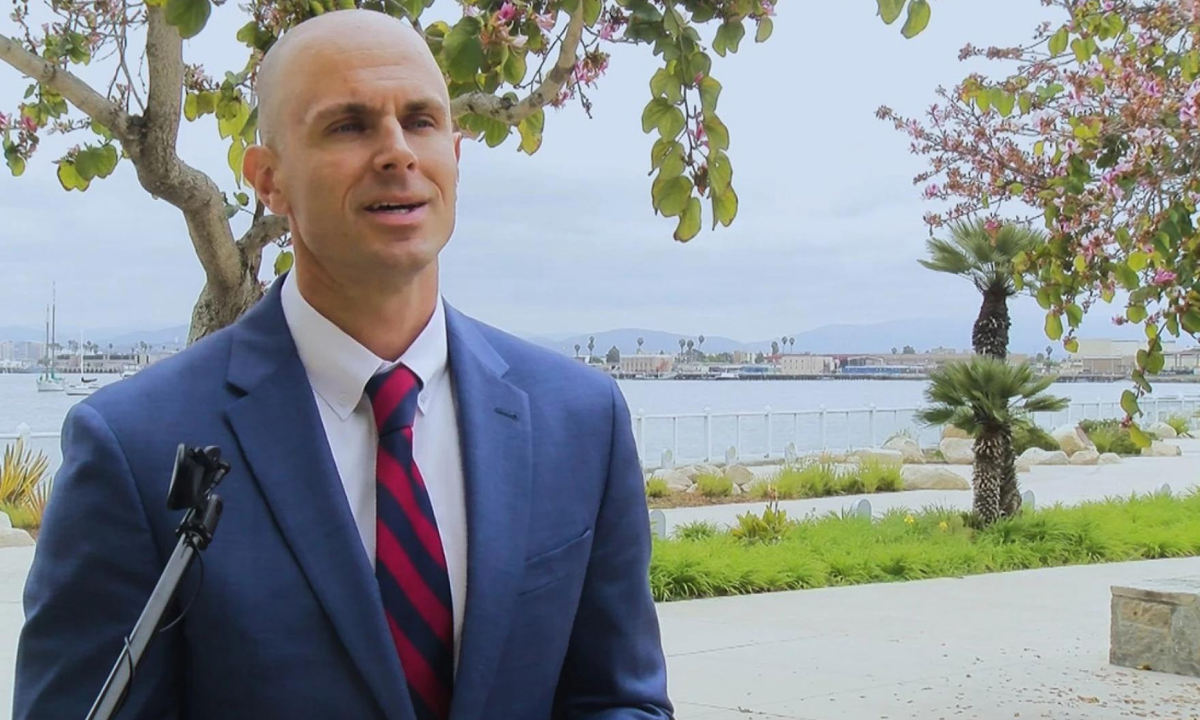Written by William Hale
Coronado Mayor Richard Bailey has voiced considerable criticism of the San Diego Association of Governments (SANDAG) approval of a $163 Billion regional transportation plan.
Democrats justify the massive cost by suggesting that the regional plan will tackle climate change and provide access to more commuters by funding new train and bus projects throughout the city. However, the potential benefits of investing in transportation infrastructure will not outweigh the financial inconvenience that SANDAG’s plan forces on taxpayers.
“It’s trying to fit a square peg into a round hole, and unfortunately it’s coming at great expense to our taxpayers,” said Bailey.
In order to fund the plan, the city will now charge additional Uber & Lyft fees, increase sales tax, and lastly implement the controversial “road usage charge”.
“It’s not like we haven’t spent any money on public transit,” said Bailey “Over the past 20 years we’ve spent 55% of all local transportation dollars on public transit, and yet we continue to see the share of transit commutes actually fall.”
Moreover, public transit in San Diego is fundamentally different from high-density cities like New York, Chicago, and Paris. Mayor Bailey tested out the current public transportation system by traveling from Coronado to the UTC area. Normally, a drive of that length would only take 22 minutes, but the commute took Bailey and KUSI News one hour and 44 minutes by bus and trolley.
This experiment demonstrates the inefficiency of San Diego’s public transportation system compared to simply travelling by car. For workers and students looking to get from A to B, public transportation is clearly not a preferable option. And with San Diego’s sweeping geography, it is unlikely that any amount of money invested in public transit will persuade San Diegans to change their means of transportation.
Photo Cred: Matt Hoffman/ KPBS




